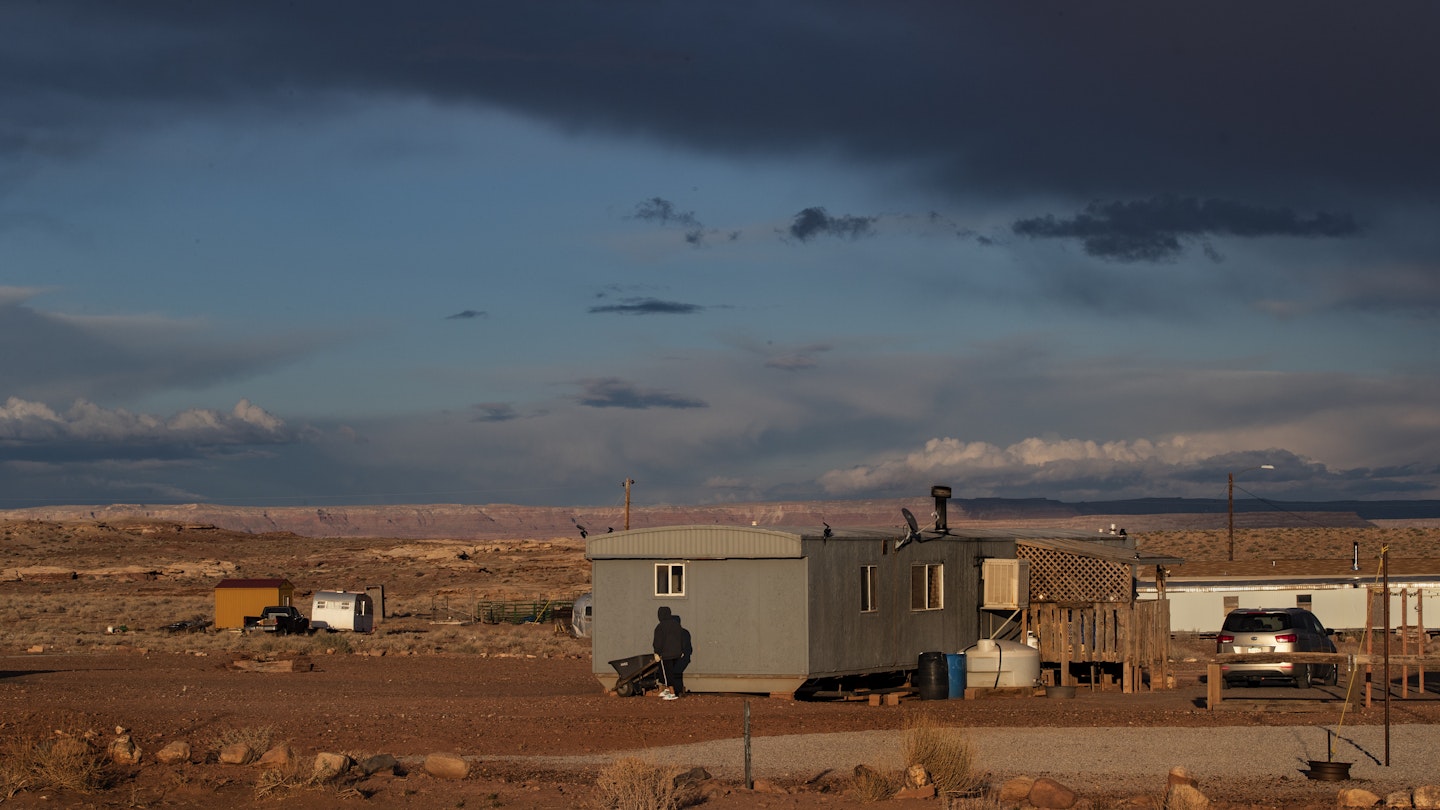The Navajo Nation and Ireland: A Journey of Solidarity
Though the landscape of the ancestral Navajo lands – the colorful, arid contours of Canyon de Chelly, Shiprock, Monument Valley, and Antelope Canyon – could not look more different than the rolling, verdant hills of Ireland, the two cultures have more in common than meets the eye.
In fact, the COVID-19 pandemic has introduced many to the nearly two-hundred-year-old history of solidarity between the Irish and Native Americans – a bond that’s now helping the Navajo Nation even as it’s severely affected by the novel coronavirus.
The Navajo Nation is no stranger to hardship. Over the past two hundred years, the Diné people have faced devastating diseases, forced marches, family separations via government-run boarding schools, and climate change. Now, the Navajo are experiencing some of the highest rates of COVID-19 infection in the United States.
Help is, however, coming from an unexpected source. This is the story of a kindness that, while a small footnote in the annals of history, has spanned almost five thousand miles and the collective memory of generations, ultimately helping a devastated community raise almost two million dollars for essential food, water, and personal protective equipment (PPE).
How the Navajo Nation Was Impacted by Coronavirus
The Navajo Nation may be the largest Indian reservation in the United States, comparable in size to the state of West Virginia, yet its population is smaller than that of Honolulu, Hawaii. Despite housing only 357,000 individuals, the COVID-19 infection rates emanating from the Navajo Nation resemble those of New York City or the entire state of New Jersey – a staggering ten times higher than the rest of Arizona, where much of the Navajo reservation is located. The rampant spread of COVID-19 is exacerbated by the prevailing chronic illnesses such as diabetes and asthma, prevalent among the community.
Resources – including easy access to fresh food and running water – are severely limited. A significant percentage of Diné individuals are unemployed, and COVID-19 poses a particular threat to tribal elders who hold a central role in Navajo culture and community life. On March 15, several community members initiated a GoFundMe campaign to benefit Navajo and Hopi families adversely impacted by COVID-19. The fundraising goal was to procure PPE, food, diapers, and medicine for those in need. A month and a half later, a curious trend emerged in the comments left by donors, many displaying Irish surnames such as Doyle, O’Connor, and McCarthy.
The small donations, typically $10 or $50, often carried heartfelt messages like “Ireland remembers,” or “170 years later, thank you from Ireland,” or a simple acknowledgment in Gaeilge, “Go raibh maith agat.” Some messages included a photo of Alex Pentek’s Kindred Spirits – a 2017 sculpture in Midleton, County Cork, representing a tribute through nine enormous eagle feathers.
One poignant comment acknowledged the terrible legacy of disease in Indigenous history, stating, “To alleviate another virus in the Native American communities not of their making and in return for their support to Ireland during the potato virus of 1845-1847.”
A Two-Hundred-Year-Old Debt
The reason so many Irish individuals have donated to the Navajo can be traced back around a hundred and eighty years. Less than a generation prior, the US government forced the Choctaw tribe to march from their homes in present-day Mississippi down the Trail of Tears to Oklahoma, where they still reside today.
Throughout the mid to late 1840s, global headlines reported on the millions of Irish facing starvation during the Great Potato Famine. The plight of the Irish resonated deeply with the Choctaw, who understood the struggles of hunger, displacement, and the challenge of maintaining family bonds under colonial rule.
Despite their own impoverished situation, the Choctaw collected as much money as they could and sent $170 (approximately $5000 today) to support famine relief in Ireland. This act of kindness has remained an enduring memory for many Irish families, thus establishing a strong connection between Native Americans and the Irish that persists today. Naomi O’Leary, Europe Correspondent for the Irish Times, urged fellow Irish to remember the Choctaw’s generosity and contribute whatever they could during this crisis.
Indeed, the intricate history of solidarity between North American First Nations and Ireland is significant. A compelling example includes a photograph of future Irish president Éamon de Valera in 1919, wearing a full war bonnet gifted to him by the Ojibwe-Chippewa, symbolizing the representation of one oppressed nation to another.
While the landscape may have changed over the past century, the essence of human kindness and compassion remains, even amidst the direst circumstances.




